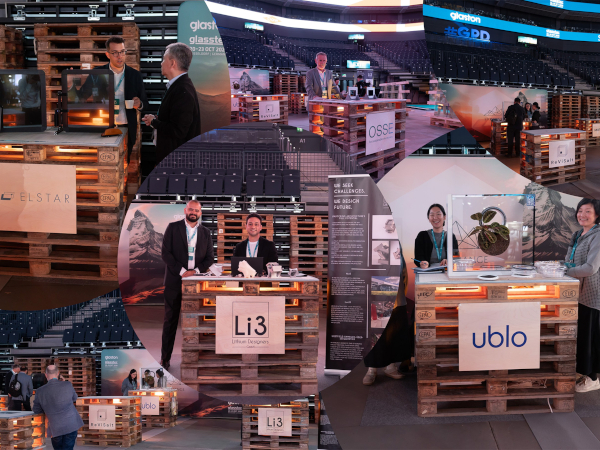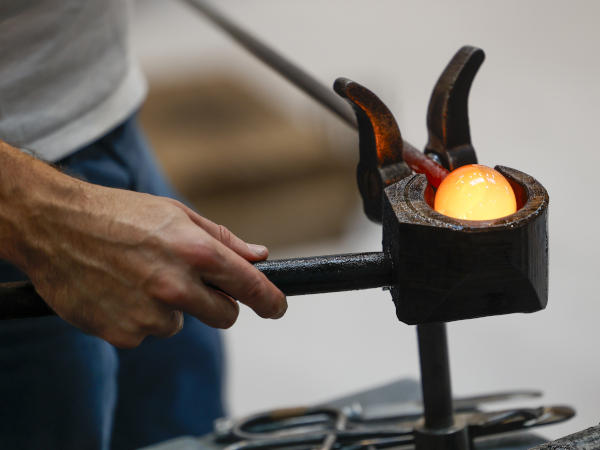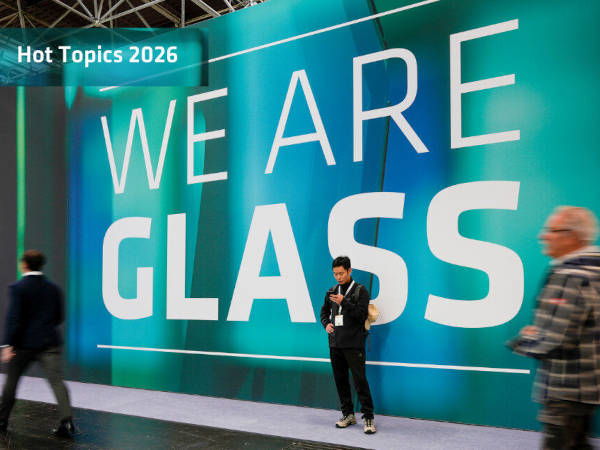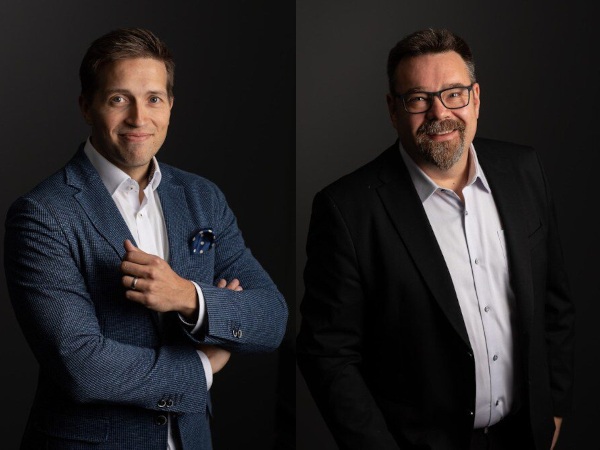Date: 13 October 2014
A crucial component of the system is a development by Fraunhofer IIS in Erlangen – the polarization camera POLKA that measures glass stresses in bottles in real time. Quality control in glassware production is a key application field for imaging polari-meters like the POLKA camera system.POLKA can measure residual stresses in glass containers, bottles and other glassware, which allows to systematically reject all the pieces that might break or crack during the filling process or on the way to the consumer due to mechanical stress. Variations during production can be detected early on and efficiency increased by influencing the relevant process parameters.
Software for the measurement of the Apparent Temper Number ATN.
© Fraunhofer IIS
POLKA inspects various types of bottles in real time
The polarization camera POLKA developed by Fraunhofer IIS was integrated into the glass container inspection system by Optische Prüfsysteme Dr. Günther, which has been used and enhanced for almost 20 years. “Our clients have long been asking for inline residual stress measurement”, says Dr. Friedrich Günther. “And POLKA is the answer. Non-contact 100 % inspection at the cold-end of the glass production process creates breakthrough product quality.” POLKA’s combined hardware and software qualities make the quantitative analysis of the measurement results possible as well as the clear visualization of problematic areas in the glass. Glass stresses are shown as Apparent Temper Numbers. Software interfaces allow intuitive handling and the transmission of the processed measurements. POLKA can be easily integrated into optical inspection systems and the results can be conveniently archived.
Jürgen Ernst, Fraunhofer IIS: „POLKA is highly flexible and customizable to a variety of glass container types and measurement tasks as it can be used with any type of lens. The camera is extremely fast and robust, which makes it ideally suited for industrial application.”
The polarization camera POLKA is based on a novel image sensor developed by Fraunhofer IIS. With the unique design of this CMOS sensor, the camera captures all the relevant polarization parameters of light (angle and degree of polarization) in one single shot. With the high read-out rate of up to 50 frames per second the camera is well-suited for inline inspection applications where a high throughput is vital.
Further application areas include the production of carbon-fiber reinforced plastic (CFRP) components. POLKA is the go-to camera to measure the orientation of the carbon fibers.
Read more about POLKA:
http://s.fhg.de/POLKA

.jpg)






Add new comment